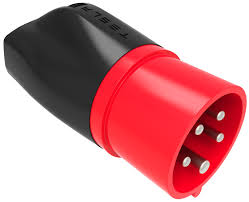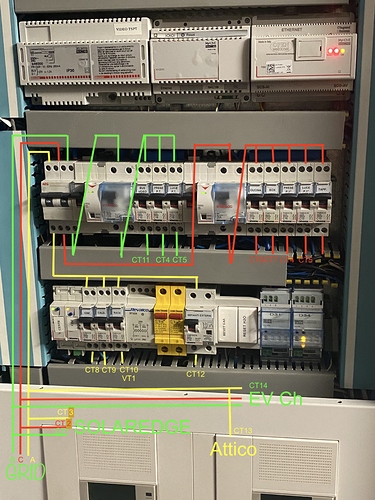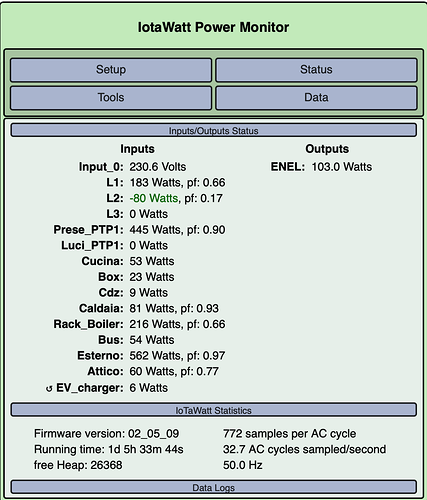I can’t see the actual wires, so everything is based on the color-coded circuits that you have added.
I’d like to understand exactly what you want to do with the SolarEdge. Given that you have 14 inputs, I’d suggest the following:
3 CTs on the Grid lines upstream of the Solar-Edge. This will measure what you use from the grid and what you export to the grid.
3 CTs on the Solar-edge. This will measure what your PV/battery system provides, and anything that it might happen to consume (don’t know the battery strategy).
3 CTs on the EV charger.
1 CT on the Attico line.
At this point you will know what you import/export to the grid.
What your PV system is adding/using.
What the Attico apartment is using.
What the EV chargers are using
and importantly, by computation, what each of the mains above are using, and by extention what each of the downstream breaker groups are using.
So now you have used 10 inputs, you can select up to four additional circuits, or groups of circuits on the same phase, to measure individually.
With IoTaWatt’s calculator outputs, you can then determine what the sum of the unmeasured circuits on each. So where you are trying to measure three individual circuits on L2, you could measure one of them, and knowing the total of the three, create an output with the sum of the other two. Same for L1 and L3. The four additional CTs will effectively give you eight additional circuit groups.
If you want to rely on the SolarEdge monitoring, you can get by with:
3 mains CTs downstream from where the solaredge feeds the grid lines.
3 CTs on the EV
1 CT on the Attico,
That leaves 7 CTs for individual circuits, and as above, you will know the aggregate for each phase through the main breaker so you can get metrics for up to 10 circuits (or circuit combinations on the same phase).
Back to basics. The documentation for derived reference describes how to configure the mains. It’s very important that all of the CTs that you install be oriented the same way. There is a procedure for determining which circuit is phase A. This is very important. I don’t believe you have it right. Once you get that right, follow the procedure for determining the other two.



